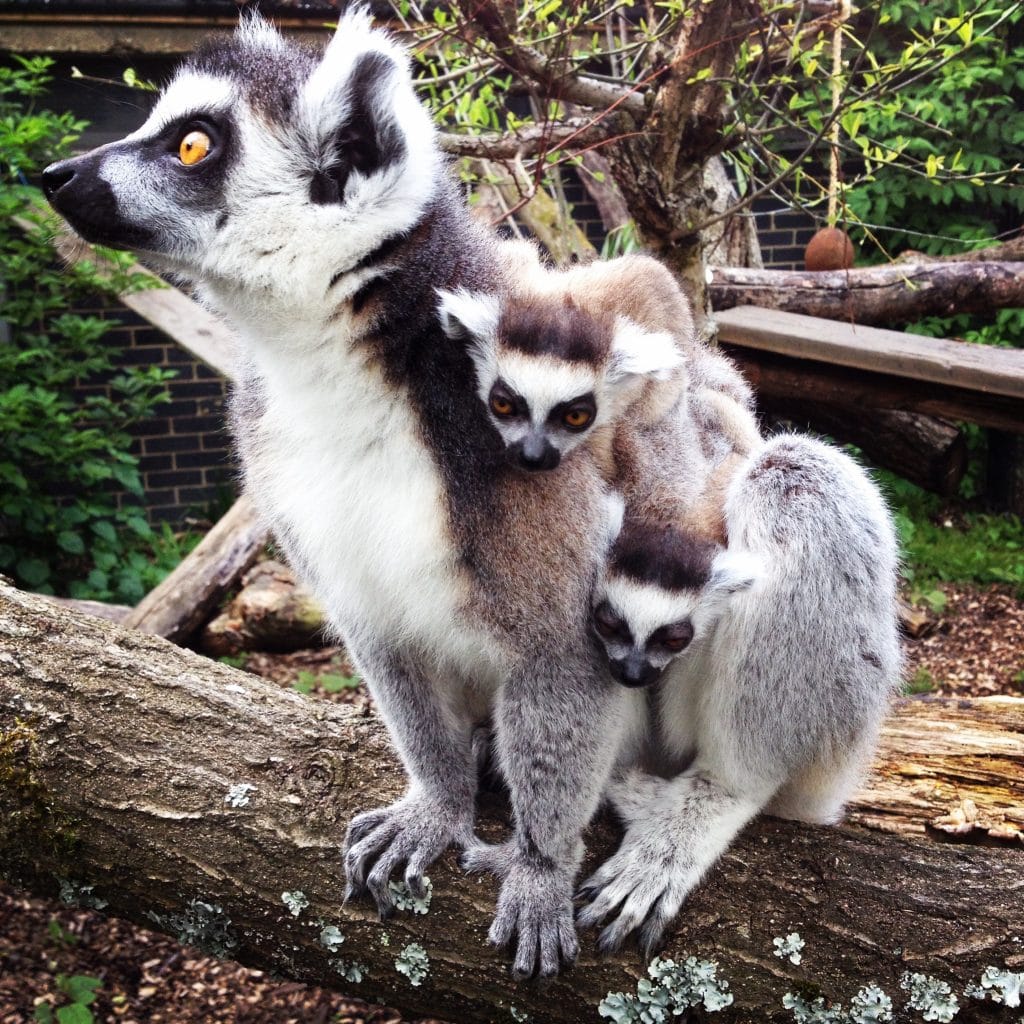We talk a lot about observation here at Zoospensefull and we believe it is fundamental in becoming better animal trainers. To progress as trainers we should be observing our animals more. Observation is a powerful method useful before, during and after all training sessions, it will dictate whether your sessions are successful or unsuccessful. Observation, when done often and correctly will help you learn a lot more about your animals, which will directly effect the outcome of your training sessions.

Many of us work in zoological settings, with a variety of animals, some times in the hundreds. It would be impractical or impossible to observe all animals under your care all of the time. But by picking an animal or group of animals and observing them for periods of time, it can teach you a lot about the different activities and behaviours of your animals. It is also important to look at that animals natural history to understand what behaviours are species appropriate and typical. Even with this information, there can be so many different aspects to the animals behaviour. Flight animals can be calm in presumed stressful situations or social animals choosing not to engage.
We should be thinking why animals behave they way they do not only during training sessions. As trainers we often have a drive or personal motivation for training our animals. However, this could potentially create a negative experience within the sessions by not considering the animals behaviour and motivations. You run the risk of being unsuccessful with your training session and programme by not considering all the internal and external factors that could be at play. Through observation we can quickly discover if there are problems in the group or as individuals such as, individual behaviours, sexual distractions, hierarchy, or other factors that could simply affect the outcome of the training session.
In the above video the trainer presents their hand for a step up before the animal has finished their reinforcement, the resulting behaviour is a delay in response and a juvenile begging behaviour.
By observing what’s going on before we start the training session, we can plan our session to set the animals up for success. If we observe various challenges, such as food dominance or a nervous or uncomfortable animal, we need to address these issues in our training sessions to ensure more success in future sessions.
In the video above you can clearly see a difference in body language of the red-rumped agouti, that indicates the comfort level within the session. In the first clip the agouti is stretching to reach the reinforcement within the crate. Through observation the trainer can determine that this isn’t a relaxed body posture and pushing the animal before it becomes comfortable with the current approximation would result in an unsuccessful training session and a break down in the crating behaviour.
To be honest, many of us forget the power of observation as a tool for further training sessions and managing our animals. Within training sessions, a lot of behaviours are occurring, the only thing we have to do is pick up on these behaviours and tailor our actions to the animals. It’s not simply about providing primary reinforcement and expecting that the behaviour will occur again. Of course this works for many of us but it’s all about getting the timing right. We have to pick up on what the animal wants in that specific moment, without proper observation we are not able to excel as trainers. With the right reinforcements, at the right times, we can encourage the animal to make choices towards our set training goals.
In the above video you can see the trainers observing and waiting for the galah to be paying attention, finish it’s primary reinforcer and is looking at or in the direction of the trainer before offering the cue. This will help in ensuring the animal responds promptly and correctly. It is a skill that, like many, needs to be practiced and honed. The behaviour of a to b, although first established in a neutral setting, will be tested in a more dynamic environment. External factors such as conspecifics, seasonality, time of day, appetite and inexperienced trainers etc. are all factors that can come into play and we as trainers need to be aware of.
Observation is an important and powerful tool to train animals. With consistent observation and appropriate reaction, trust is being built up and therefore, we shape the choice of the animal and how they respond towards us. Figuring out what our priorities are as trainers and the choices the animal makes is not an easy task. When you are able to observe and implement change on the spot, your training will develop a lot faster and progression will come easily.




0 Comments